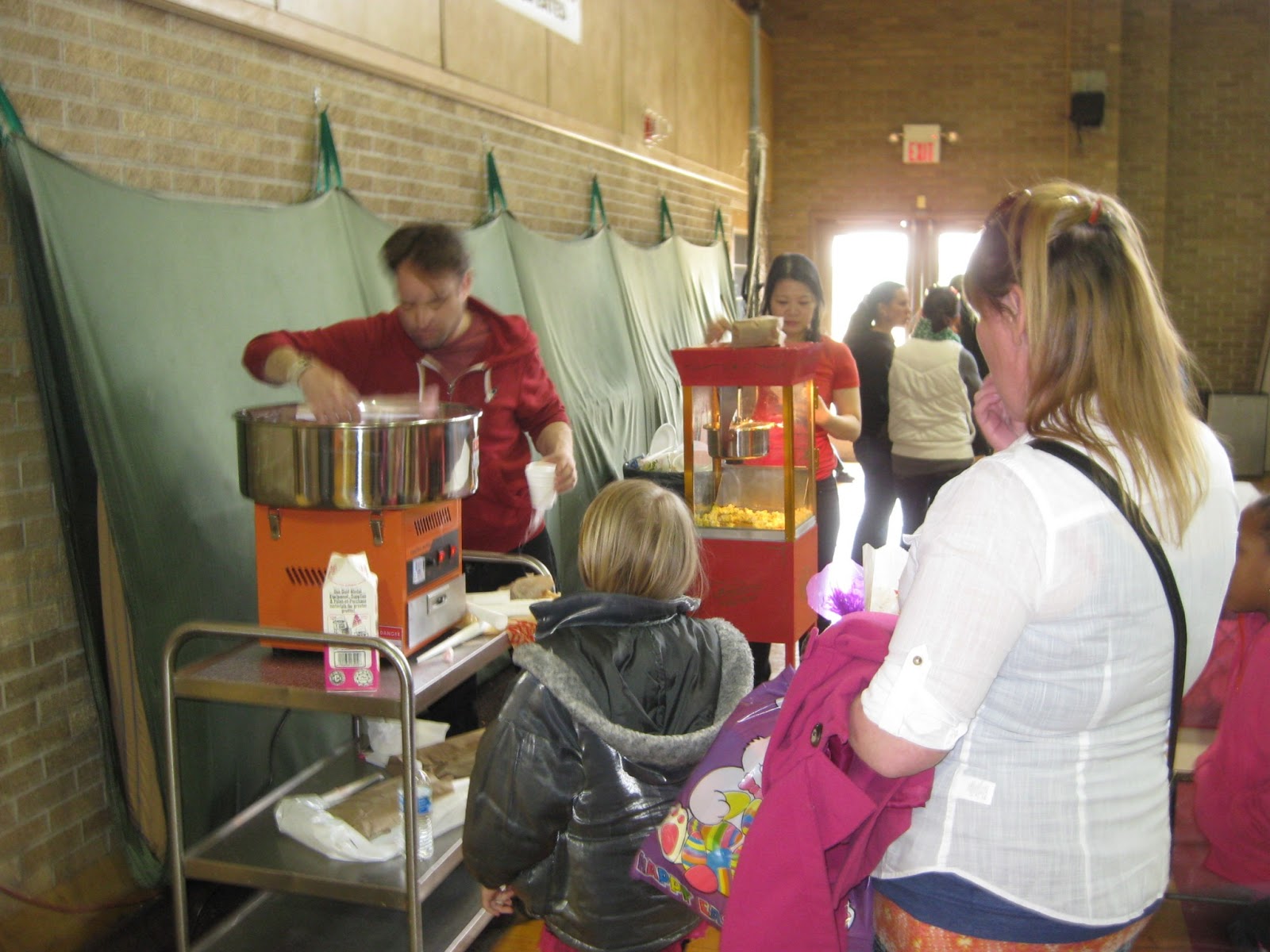Yesterday, I registered to become a bone marrow donor. In the past, I wasn't educated enough about what this actually meant. How do take my blood/marrow and how much of it? Is this safe for me as a donor? What are the risks or side effects associated? My good friend, Vielka, is on a mission to collect at least 300 new registrants for the Be the Match National Bone Marrow Donor Program and to raise at least $2,000 for the cause. She, like many other people, have had loved ones affected with blood cancers like leukemia and lymphoma, sickle cell and other life-threatening diseases who need people like you to register as a potential donor and save a life.
Help support Vielka's cause to saves lives through a donation if you are unable to register as a potential donor: http://www.
Register to become a potential donor here: http://marrow.org/Join/Join_Now/Join_Now.aspx
This wasn't the first time I was approached to register to be a bone marrow donor but it was first time I was given an educated run-down of what my registration meant. Some key things I want to pass onto others:
- You can save a life. In this case, YOU are the cure for cancer. How fortunate are you to be healthy enough so that you can save the life of another? If you were you in the other position, wouldn't you be so grateful that someone took the time to register in order to give the gift of life? Forget the fear of needles and hospitals - there is a dire need - a calling - that rises above those considerations. Express your gratitude for the life you have by giving life back to another. Tomorrow isn't promised for anyone.
- You can always say no if you change your mind about becoming a donor. You don't know where you'll be in 5 or even 20 years from now where you might be more open to the idea of donating blood or bone marrow to save a life. If or when that time comes and you're contacted, you'll be educated in detail with the process and what your blood/marrow donation entails.
- Donating occurs in two ways:
- PBSC donation is a nonsurgical procedure that takes place at a blood center or outpatient hospital unit. For 5 days leading up to donation, you will be given injections of a drug called filgrastim to increase the number of blood-forming cells in your bloodstream. Your blood is then removed through a needle in one arm and passed through a machine that separates out the blood-forming cells. The remaining blood is returned to you through the other arm. Your blood-forming cells are back to their normal levels within 4 to 6 weeks. To learn more, watch the PBSC donation video.
- Marrow donation is a surgical outpatient procedure that takes place at a hospital. You will receive anesthesia and feel no pain during the donation. Doctors use a needle to withdraw liquid marrow from the back of your pelvic bone. The marrow replaces itself completely within 4 to 6 weeks. To learn more, watch the marrow donation video.
And some facts to share with why it is so urgent that you register to get your cheeks swabbed for registration as soon as possible http://www.ij.org/bone-marrow-statistics:
- This year, more than 130,000 Americans will be diagnosed with a serious blood disease.
- Leukemia (a blood cancer) will strike 44,000 Americans this year, including 3,500 children. It will kill about half of the adults and about 700 of the children.
- Leukemia is the most common childhood cancer.
- Only 30 percent of patients who need a bone marrow transplant have a matching donor in their families.
- The remaining 70% must hope that a compatible stranger can be found using the national registry.
- At any given time, about 7,500 Americans are actively searching the national registry for an unrelated donor.
- Only 2 percent of population is on the national registry.
- A significant number of those on the national bone marrow registry cannot be located or will not donate when asked to do so. The percentages of donors who are available and willing are: 65 for Caucasians; 47% for Hispanics; 44% for Asians; 34% for African-Americans.
- African-American patients find an unrelated donor 25% of the time.
- Asian patients find a donor about 40% of the time.
- Hispanic patients find a donor about 45% of the time.
- Caucasian patients find a donor about 75% of the time.
- Multi-racial people face the worst odds.
- At least 1,000 people die each year because they cannot find a matching donor.
- If an African-American finds a match on the registry, there is an 80 percent chance that the identified donor is the only match on the registry.
- Bone marrow donation requires less than 5% of marrow cells.
- 70 percent of marrow donations use peripheral blood stem cell apheresis.
- 30 percent of marrow donations use the traditional method of putting a needle in your hip.
- Donating bone marrow is safe: More than 35,000 people have donated bone marrow to a stranger without a single donor death.














